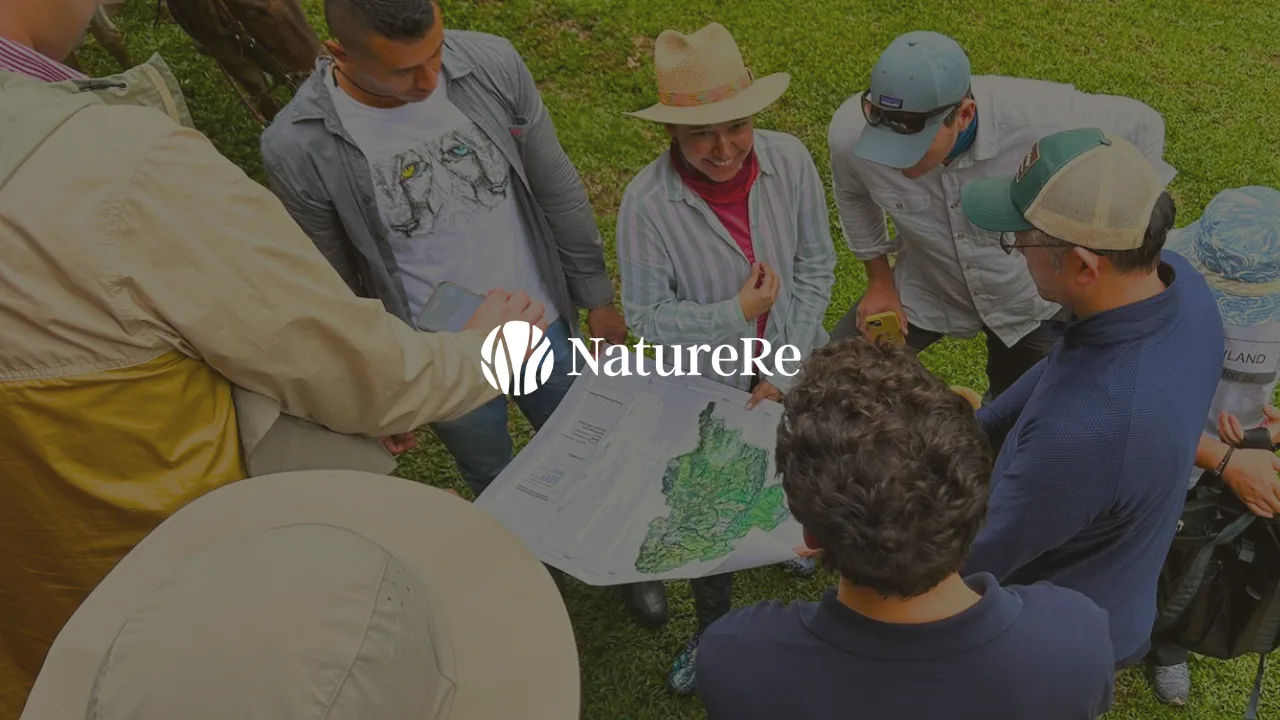A Deep Dive into Improved Forest Management Projects and Their Impact in Canada
Discover what these projects entail, and how they are being implemented in Canada, and explore Treeconomy's involvement with them.
Project Development
Carbon Credits
Dec 6, 2023
Siya Kulkarni

Improved Forest Management (IFM) practices can significantly bolster carbon stocks in forests and curtail greenhouse gas emissions compared to traditional forestry methods. Globally, approximately 293 Improved Forest Management projects have been pivotal, contributing to around 11% of carbon offset in voluntary carbon markets. These initiatives are a burgeoning nature-based mitigation solution, promising a wealth of environmental benefits.
So, what are IFM projects and why do they matter?
Improved Forest Management (IFM) projects involve actively managing existing forest stands, using various approaches such as regenerating veteran forests and altering timber management cycles and techniques. Unlike conventional commercial forestry methods, IFM strives to enhance carbon stocks by adjusting management practices against a baseline scenario, safeguarding forests at risk of degradation due to commercial activities such as timber harvesting.
IFM seeks to mitigate risk through sustainable practices, potentially increasing wood output while amplifying a forest’s mitigation potential.
Benefits of IFM Projects
The advantages of IFM projects are multifaceted, making them a compelling investment for project developers as well as for carbon buyers seeking nature-based carbon removal projects with efficient performance and diverse co-benefits for both the environment and the community.
The main benefits include:
- Short time-to-removal (especially compared to afforestation)
- Continued logging = low leakage
- Selective logging = shifting ecosystem = biodiversity uplift
- A healthier ecosystem and larger trees = longer duration of removal & storage.
- Multiple revenue streams for landowner = more financially sustainable = longer duration of removal & storage.
Addressing concerns around IFM
While Improved Forest Management projects offer immense promise, challenges persist. Some of the challenges include:
- Measuring additionality
One major concern voiced by their critics has been the measurement of additionality - a metric determining whether the reductions achieved by a project are ‘additional’ referring to what would have occurred if the project had not been carried out. The key here is baselining - establishing a “business as usual” scenario to estimate carbon stocks over the project lifetime without the incentive of carbon revenue generated from implementing improved forest management practices.
2. Overcrediting
Some of the biggest apprehensions, justifiably, about IFM projects and measurement of additionality come from projects in the US, where a large proportion of existing IFM projects currently sit. Critics point to the risk of over-crediting for these projects as a result of biases formed during the baselining process. A case in point is California’s forest protocol projects within the offset market, where a review of forest carbon stocks through remote sensing data found increases in stocks against a baseline to be overstated, with few changes in forest management practices. These projects were also found to be a case of adverse selection of already carbon-dense forests that did not require a significant change in management practices. This also demonstrates the power of remote sensing in delivering important data on the risks of inaccurate carbon accounting as well as poor baseline selection for IFM projects.
IFM and Canada: A perfect storm of timber and climate impacts
Canada is the third-most forested country in the world by area, with its 347 million hectares of forested land making up more than 9% of the world’s forests. Unfortunately, most of the forests used for timber production have become sources of carbon emissions over the recent decades, severely impacted by natural disturbances including wildfires, insect outbreaks, degradation of native forest habitats, and a shift to intolerant species plantations. This is a result of clearcutting- the practice of cutting all trees in a given area - that lowers the resilience of these forests to disturbances, as well as releasing carbon stored in soil and during the logging process.
Meanwhile, global demand for timber is set to grow rapidly - and contribute to 10% of the world’s emissions at current rates. While Canada has a relatively low deforestation rate, some timber exports are derived from cutting old-growth forests and creating disturbances that lead to degradation and biodiversity loss. It is, therefore, no surprise that the federal government released a draft IFM offset protocol in 2021 for privately-owned land, to set out a framework for determining a baseline as well as quantifying emissions reductions, recognising the importance of forest carbon stored in living biomass, dead organic matter and soil.
So, how do we reconcile economic motives with climate change impact and mitigation? We believe IFM projects are an effective solution to this conundrum.
Our VM0034-compliant projects in Canada’s Native Acadian Forests
At Treeconomy, we are committed to carbon removals and aim for some of the highest quality, high-integrity projects across the world. Most importantly, we care about impact.
We have partnered with an experienced developer in Canada to create Verra-registered IFM credits that accelerate the restoration of native Acadian forests but also increase their carbon sequestration capacity through precision forestry practices by alleviating degradation through IFM.
The projects are compliant with Verra’s VM0034, the Canadian Forest Carbon Offset Methodology. Applicable project types in this methodology are:
- reduced impact logging
- logged to protected forests
- extended rotation age
- low to high-productive forests
- avoided planned deforestation
To measure additionality under Verra’s VM00034 methodology, one of the first steps for baselining includes demonstrating that the land has been designated and approved for wood product management.
Our Canadian opportunities lie across six parcels of privately owned land spanning approximately 16,000 hectares in New Brunswick, the “most heavily forested Canadian province” according to the provincial government’s State of the Forest report for 2023, with the forests contributing CAD 1.5bn (GBP 880m) to the economy every year. New Brunswick’s Acadian forests are notably listed as endangered by the World Wildlife Fund, with only 1% of the original forest habitat remaining following three centuries of intensive commercial logging for timber.
Lands that were previously managed by profit-driven, intensive timber logging methods resulted in a species mix dominated by intolerant species that lacked resilience to natural disturbances. All six projects employ reduced impact logging (RIL) methods to achieve a shift back towards the rare native Acadian forest ecosystems, reducing harvest levels, retaining higher forest biomass, and increasing growth and carbon sequestration. Reduced impact logging involves several activities including selective cutting, mapping trees pre-harvest, and cutting trees in a way to minimise waste and avoid losses during extractions.
Over the 30-year lifetime of the projects, we believe that RIL methods employed by the developer can contribute to a significant increase in carbon sequestered on project lands. Incentivising RIL practices on lands slated for timber harvesting through IFM credit issuance can address the question of additionality and ensure that timber is extracted sustainably. The projects will be hosted on our monitoring platform Sherwood, which employs precision monitoring to quantify the impact of RIL on carbon stocks against a reliable baseline.
Through proactive and sustainable management, IFM projects stand as an exemplary solution for combating forest degradation, safeguarding biodiversity, optimising land use, and sequestering carbon, all while fostering sustainable economic growth. For buyers seeking low-risk project options rich in co-benefits and backed by comprehensive impact-evidencing project data, our Canadian project pipeline is a must-consider choice
For more information on the projects and how Sherwood is facilitating better monitoring data for IFM, please reach out to our commercial team via email at hello@treeconomy.co



